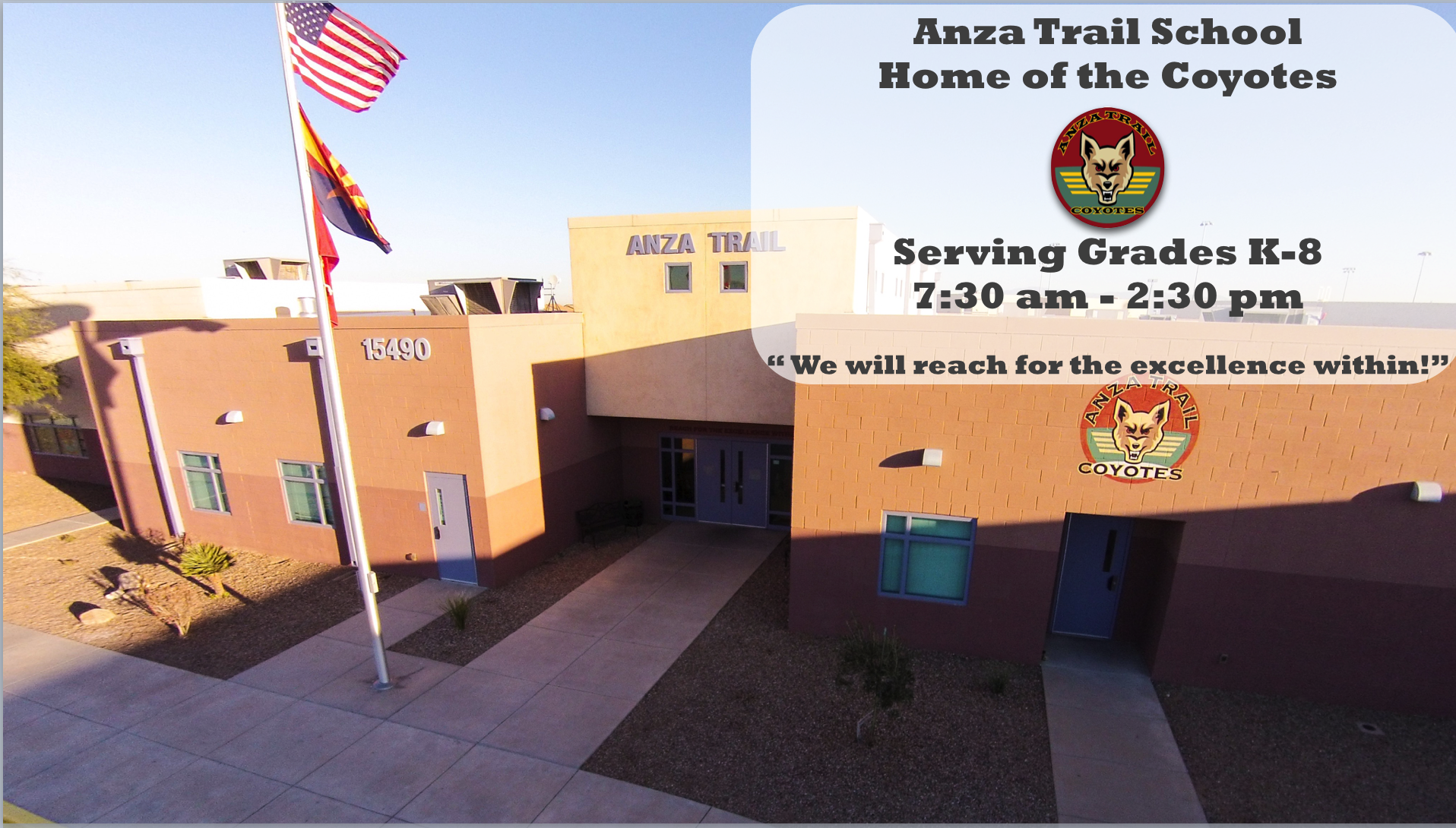Imagine In Your Rodeo Expertise However By No Means Cease Enhancing
조회 수 3 추천 수 0 2020.07.19 23:29:09That group was renamed the Rodeo Cowboys Association (RCA) in 1945 and the Professional Rodeo Cowboys Association (PRCA) in 1975, and its guidelines ended up being accepted by many rodeos. After The Second World War, rodeo experienced an explosion in locations, financial rewards, spectator presence, and national promotion. The sport's rival ranks grew through involvement of professional athletes from the National Intercollegiate Rodeo Association (NIRA), founded in 1948, and as an outcome of the yearly National Finals Rodeo (NFR), which was established in 1959 and became the richest and most prestigious rodeo on the planet.
states and three Canadian provinces. The sport's top-ranking, extremely paid contenders complete to receive the National Finals and to win the title of world well-rounded champ cowboy, offered to the PRCA participant making one of the most prize money in a year. Trevor Brazile acknowledging the crowd at the National Finals Rodeo, Las Vegas, 2010. Mark Damon/AP Contemporary rodeos normally present five main events.
The sport's top-ranking, extremely paid contenders complete to receive the National Finals and to win the title of world well-rounded champ cowboy, offered to the PRCA participant making one of the most prize money in a year. Trevor Brazile acknowledging the crowd at the National Finals Rodeo, Las Vegas, 2010. Mark Damon/AP Contemporary rodeos normally present five main events.
Three other primary contestsbareback-bronc riding, guide battling, and bull ridinglooked like tasks of cowboy bold throughout the first decades of the 20th century. Most popular rodeos likewise include ladies's barrel racing and group guide roping as regular program events. Guide roping, a standard cowboy practice and a familiar rodeo occasion for several years in the early 1900s, is today an infrequent competition since of factors to consider of animal well-being.
In the former occasions, judges score the efficiency of entrants and animals alike for a potential total tally of 100 points per flight. In the latter events, rivals race versus the clock through a series of go-rounds for the fastest (lowest) cumulative time. The majority of PRCA-sanctioned rodeos present in a particular order: bareback riding leads off, followed by calf roping, saddle-bronc riding, guide wrestling, team roping, barrel racing, and, as the grand finale, bull riding.
Most popular among those were technique and fancy roping and trick riding. Based upon Wild West show antecedents, technique ropers and riders delighted crowds at significant rodeos for many years, however they then diminished from prominence as their abilities were relegated to the status of agreement efficiencies in the early 1930s.
Although ladies completed in lots of rough-stock occasions at mixed-gender rodeos well into the 1930s, today they pursue those contests in rodeos organized by the Women's Professional Rodeo Association (WPRA), established in 1948. Barrel racing is the sole females's event routinely practiced at the majority of PRCA-sanctioned rodeos.
Rodeo is a sport that outgrew the livestock market in the American West. Its roots reach back to the 16th century. The Spanish conquistadors and Spanish-Mexican inhabitants played an essential role in the origin of rodeo with the introduction and proliferation of horses and livestock in the Southwest.
Skills of the range cowboy resulted in competitive contests that ultimately led to basic events for rodeo. With its roots deep in Southwest history, rodeo continued to progress till it has become a professional sport for guys and women that is being perpetuated by youth rodeo companies. The Spanish conquistadors and the Mexican vaqueros contributed significant components to rodeo.
As explorations moved north transplanting the livestock and horses to the Southwest, the guy working the livestock, or the vaquero, became the guy on horseback who contributed much of the abilities and much of the devices and rodeo terms utilized by the American cowboy. Riding, roping, and branding, in addition to the rope, saddle, spurs, chaps, and even the word rodeo (" roundup") are some of the contributions.
By the 1600s and 1700s Spanish-Mexican settlements and ranches were started in locations such as the lower Rio Grande. A few of these inhabitants ended up being vaqueros for Capt. Richard King, who established the King Cattle ranch in 1853 near Kingsville, Texas. If you want to check out more in regards to the original source check out the web page. The 1800s was a landmark period for rodeo; the period of the American cowboy started.
Richard King, who established the King Cattle ranch in 1853 near Kingsville, Texas. If you want to check out more in regards to the original source check out the web page. The 1800s was a landmark period for rodeo; the period of the American cowboy started.
As these inhabitants moved from East Texas to Central Texas to West Texas and other inhabitants transferred to these areas from South Texas, a mixing of the Anglo and Spanish-Mexican cultures happened. With the Spanish-Mexican understanding of riding, roping, herding, and branding offered, events took place that culminated in the Southwest cattle market.
Chisum, Oliver Loving, and Charles Goodnight. The adventure and independence of herding cattle to market or dealing with the open variety captured the imagination of lots of young males looking for tasks. They bought saddles and signed on with an attire. The range cowboy and the livestock market thrived in the Southwest, particularly in West Texas and the Panhandle of Texas, with the facility of large ranches such as the JA, XIT, Waggoner, 4 Sixes, and Pitchfork, in addition to lots of smaller ranches.
When communities emerged, affairs, particularly 4th of July events, provided cowboys an opportunity to challenge the bronc riding and roping abilities of cowboys from other ranches. Quickly, regional contests ended up being yearly events. Given that the cowboy's work was frequently seasonal, some cowboys likewise signed up to display their abilities with wild-west shows such as the very first one William F.
Wild-west shows led exhibitions of rodeo skills in the East and eventually in Europe. By the 1890s rodeo had become a spectator occasion in the West. Rodeo ended up being an annual occasion in numerous places. One of the earliest "bronco-busting contests" on record was held on July 4, 1869, in deer trail arapahoe county Path, Colorado Area.
The very first indoor rodeo took location at Fort Worth in 1917. By the late 1920s rodeo had ended up being an annual occasion in some places in the East. In New York City, the Madison Square Garden Rodeo typically lasted for thirty days. It was followed by a two-week rodeo in Boston.
As rodeo grew, some problems evolved. Many early day rodeos were billed as World Championship Rodeos; as an outcome, numerous early world champ titles represented winning one rodeo. More than one cowboy often claimed the title of world champion for the same year. Likewise, the damaged image that early day rodeo candidates brought on by using rodeo as entertainment instead of as a company needed to alter before rodeo would be considered a sport and a genuine service by the public.
The majority of shows in this era were dominated by independent manufacturers such as Col. William T. Johnson and Gene Autrey. An attempt to arrange rodeo started in the late 1920s. In 1929 the Rodeo Association of America was arranged by several rodeo committees (the people who put the rodeos on, not the cowboys) to standardize rules, establish a point system to identify world champions, screen judges, and establish a reasonable practice in marketing and granting reward cash.
As an outcome, the cowboys were provided their "reasonable share of the prize cash." Acknowledging the power in being joined, the cowboys arranged the Cowboys Turtle Association on November 6, 1939. The origin of the name is contested; nevertheless, some state it was due to the fact that they were slow in joining. The main purposes of the CTA were to enhance the cowboys' earnings, enhance the equality in the evaluating, and enhance the cowboys' image.





